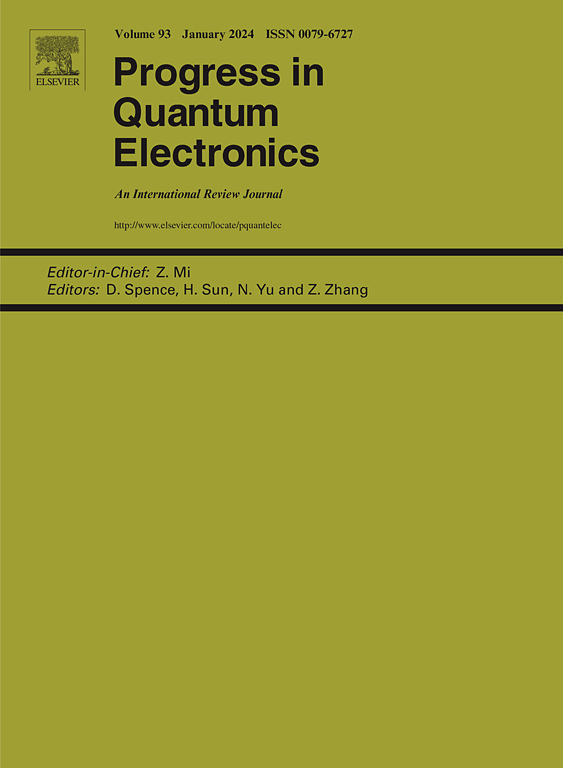Coherent multi-dimensional spectroscopy: Experimental considerations, direct comparisons and new capabilities
Abstract
Optical Coherent Multidimensional Spectroscopy (CMDS) has been developed to probe the electronic states of a diverse range of complex systems. The great advantage of CMDS over linear spectroscopy is the ability to separate and quantify different types of interactions. To do this, multiple carefully controlled femtosecond laser pulses drive a non-linear response in the sample. A specific component of this non-linear response is selected and its amplitude and phase measured. There are many challenges for the experimental realization of optical CMDS, yet there have been several different approaches developed, each with their own advantages and limitations. Identifying the best approach then becomes dependent on the sample and the information being sought. Here we review the various experimental considerations and different approaches that have been developed. We consider the advantages and limitations of each of these, specifically in the context of experiments on solid state systems such as semiconductor nanostructures and 2D atomically thin materials. Two important considerations that are difficult to compare independently of other extraneous factors are the stability and sensitivity of the system. Here, we describe the experimental implementation of two different approaches that experience otherwise identical conditions and present an unbiased comparison of the stability and sensitivity. Furthermore, we demonstrate that by merging these two approaches we are able to combine the advantages of both into a single experiment.

 求助内容:
求助内容: 应助结果提醒方式:
应助结果提醒方式:


